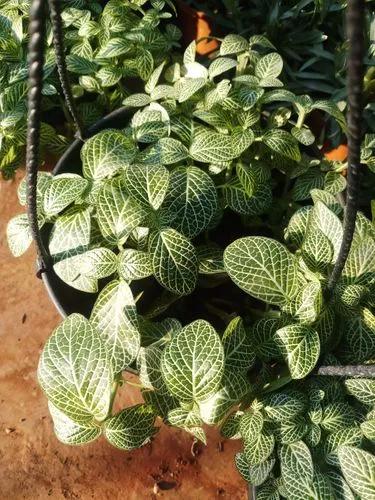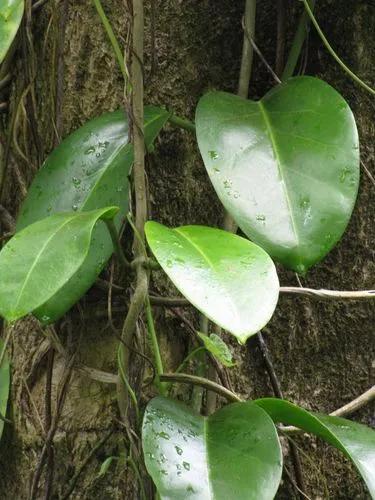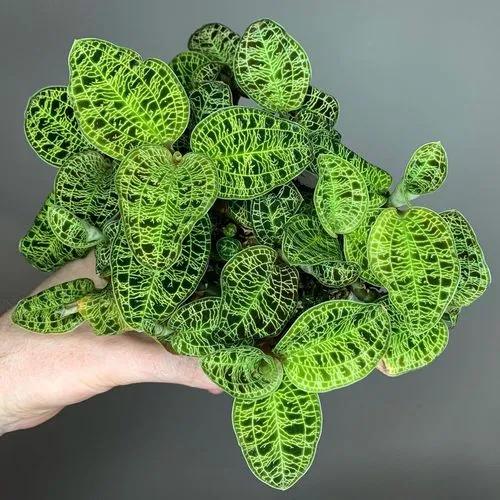A small desk plant, ground cover, or a hanging centerpiece — evergreen Silver Sparkle Pilea will make a nice addition to your interior design.
Silver Sparkle Pilea Care
Pilea glauca



The Pilea Glauca is native to the Caribbean, Central, and South America. Its blue-gray leaves will shimmer with a silvery glow if the plant is well looked after, hence the names Silver Sparkle Pilea and Gray Baby Tears. It is also called Red-stemmed Pilea because of the red-hued stems. The succulent can grow up to 3 ft (1 m) high or remain smaller if you prune it.
How to Care for the Plant

Water

Allow the top inch of the soil to dry before watering your red-stemmed Pilea while opting for filtered or distilled water due to the plant’s sensitivity.

Pruning

Pilea Glauca does not require any fancy pruning except for removing the dead leaves and designing the size and shape if needed.

Fertilizer

Feed your Pilea Glauca every month in spring and summer with a balanced diluted fertilizer.

Sunlight

Gray Baby Tears plants thrive in bright indirect light. An hour of direct sunlight in the morning will do them a world of good as well.

Soil

Soil drainage and moisture retention are key for Silver Sparkle Pilea. Mixing peat and perlite in equal parts will help ensure both.

Propagation

Propagate your Silver Sparkle Pilea with stem cuttings that will root well in soil and water.

Temperature

Although the red-stemmed Pilea is not frost-tolerant, it can withstand temperatures as low as 60 F (15 C). It will feel at its best in the range of 70-80 F (21-26 C).

Container

The only recommendation for your pot is to check if it has drainage holes and a pot saucer.

Fun fact

One of the names of Pilea Glauca is Gray Artillery Plant. The name ‘artillery’ is attributed to this plant because its blossoms burst open when watered.

Popularity

408 people already have this plant 183 people have added this plant to their wishlists
Discover more plants with the list below
Popular articles






